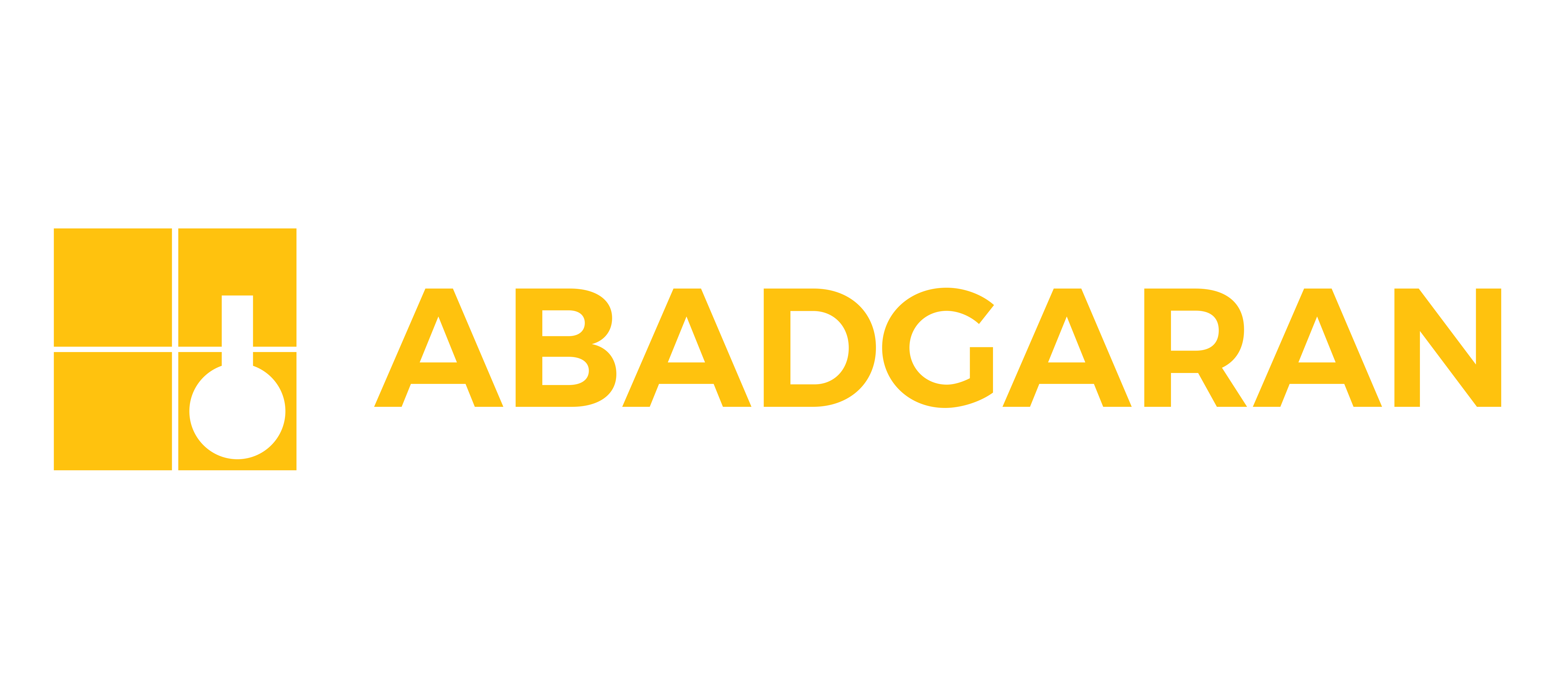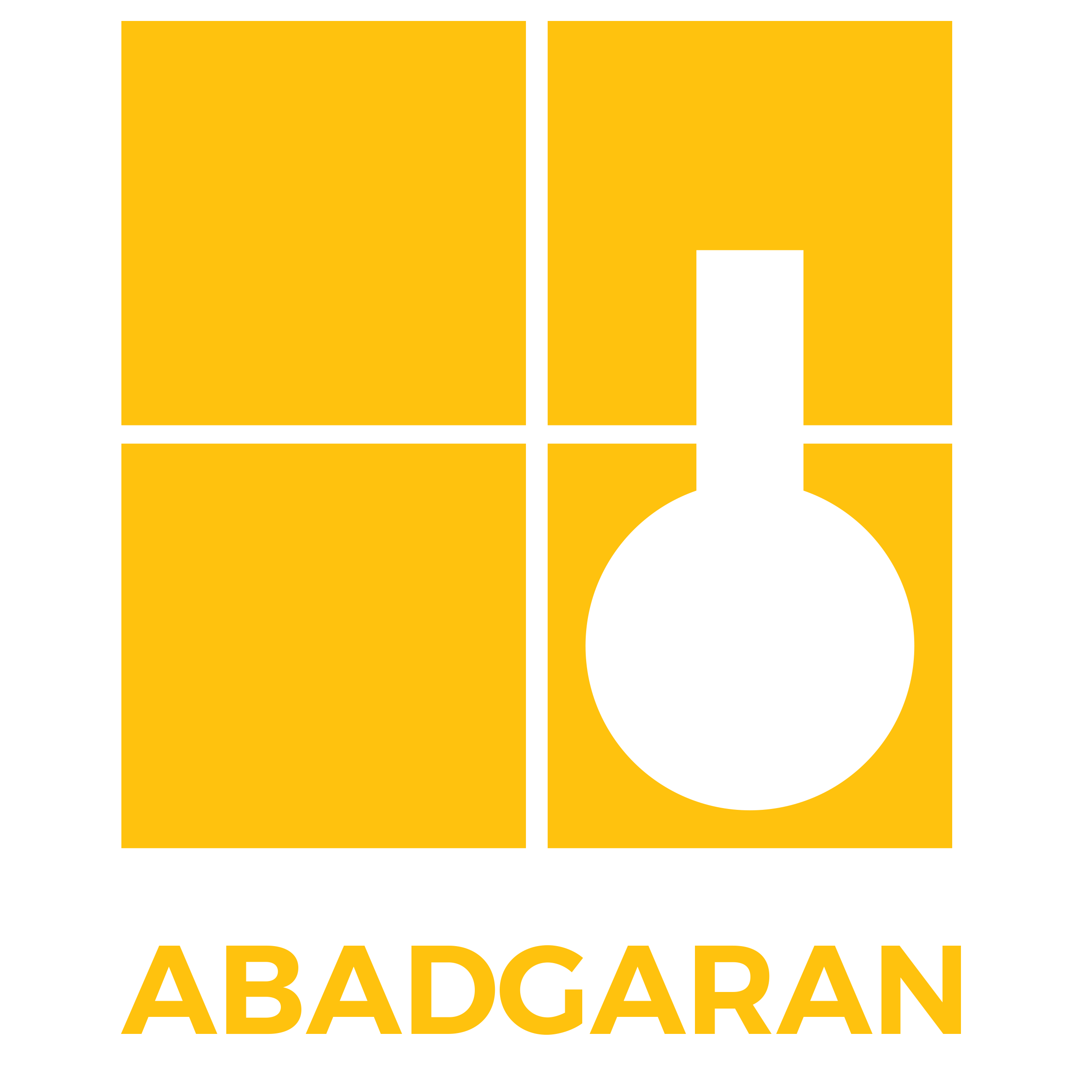Introduction
Protecting concrete structures from corrosion in different environmental conditions is essential, as corrosion is a natural process in which materials, especially metals, deteriorate due to environmental factors. In concrete and metal structures, corrosion can lead to structural weakening, increased maintenance costs, and reduced safety. Various environmental conditions such as humidity, temperature, dissolved salts, and air pollution can affect the rate and severity of corrosion. Therefore, using appropriate materials, proper design, and advanced corrosion protection methods can significantly reduce corrosion in concrete structures and increase their durability.

Environmental Factors Influencing Corrosion
- Humidity: High humidity can accelerate the corrosion process. In coastal areas, the presence of saltwater increases corrosion in metals and concrete.
- Temperature: Temperature fluctuations can cause expansion and contraction of materials, which may lead to cracking and promote corrosion.
- Air Pollution: Pollutant gases such as sulfur dioxide and carbon dioxide can combine with atmospheric moisture to form acids, which lead to chemical corrosion.
- Dissolved Salts: The use of de-icing salts on roads and bridges can allow chlorides to penetrate the concrete and increase reinforcement corrosion.
Corrosion Protection Methods
Protection methods vary depending on environmental conditions and structure type. These include using corrosion-resistant materials, proper design, protective coatings, and cathodic protection systems.
Use of Corrosion-Resistant Materials
- Corrosion-Resistant Reinforcement: Reinforcements coated with epoxy, stainless steel, or composite bars can help reduce corrosion.
- Proper Cement Selection: Using sulfate- and chloride-resistant cement can enhance concrete durability.
- Concrete Admixtures: Admixtures like microsilica and fly ash can enhance concrete’s chemical resistance by densifying the matrix and reducing permeability.
Proper Design
Increasing concrete cover thickness and choosing the right cover based on project climate can prevent corrosive agents from reaching reinforcement. Using low water-to-cement ratios, optimized aggregate gradation, and pozzolanic materials also enhances durability.
A critical design detail is surface slope control, which prevents water accumulation on concrete surfaces, significantly helping reduce corrosion.
Use of Protective Coatings
- Paints and Epoxy Coatings: These coatings serve as barriers that prevent direct exposure of metal and concrete to corrosive agents. Solvent-free versions have high adhesion and excellent resistance to environmental factors and sunlight.

- Galvanizing: Coating metals with zinc (galvanization) provides corrosion protection and can be selected based on environmental and project-specific needs.
Cathodic Protection Systems
- Sacrificial Anodes: These anodes generate an opposing electric current that halts the corrosion process in metal structures.

Corrosion Protection in Different Environments
- Coastal Areas: Structures exposed to saltwater and high humidity benefit from corrosion-resistant reinforcement, increased concrete cover, corrosion-inhibiting admixtures, and cathodic protection.
- Industrial Areas: In environments with high pollution and corrosive gases, applying protective coatings (paint/epoxy), using chemically resistant concrete, and specialized admixtures are recommended.
- Cold Regions: Where de-icing salts are used, epoxy-coated or stainless steel reinforcements, thicker concrete cover, low water-cement ratio, and corrosion-inhibiting admixtures help reduce chloride penetration.
Corrosion Protection Based on Structure Type
- Bridges and Tunnels: Due to exposure to moisture, traffic loads, and de-icing salts, these structures require enhanced protection—corrosion-resistant reinforcement, thicker cover, inhibitors, and cathodic systems.

- Buildings: Quality materials and proper construction practices reduce corrosion. Using proper cement and aggregates, corrosion-inhibiting admixtures, and ensuring proper concrete curing enhances durability.
- Marine Structures: Ports and piers are highly exposed to saltwater and humidity. Stainless steel, protective coatings, cathodic protection, and chloride-resistant concrete are key to reducing corrosion.

Conclusion
Corrosion is a major challenge in construction that reduces the service life of structures and raises maintenance costs. Proper corrosion protection strategies tailored to environmental conditions and structure types can significantly improve durability. Using the right materials, thoughtful design, protective coatings, and cathodic protection systems reduces corrosion and prevents future problems.



![]()





